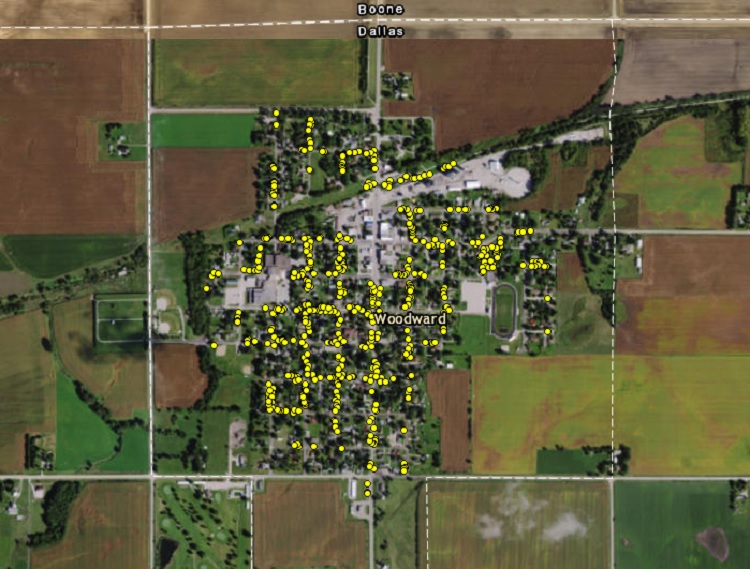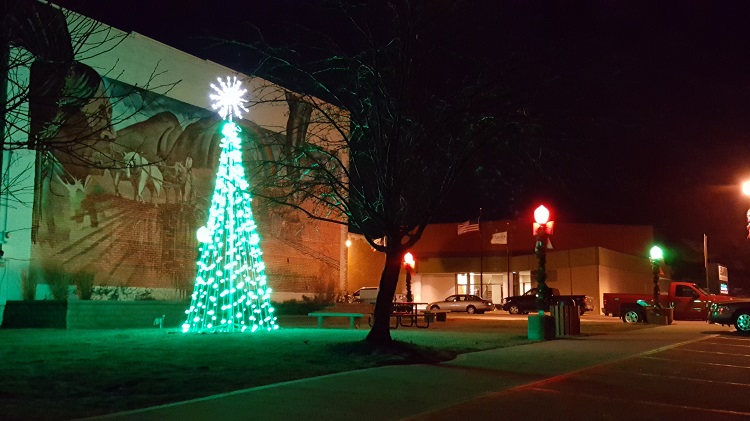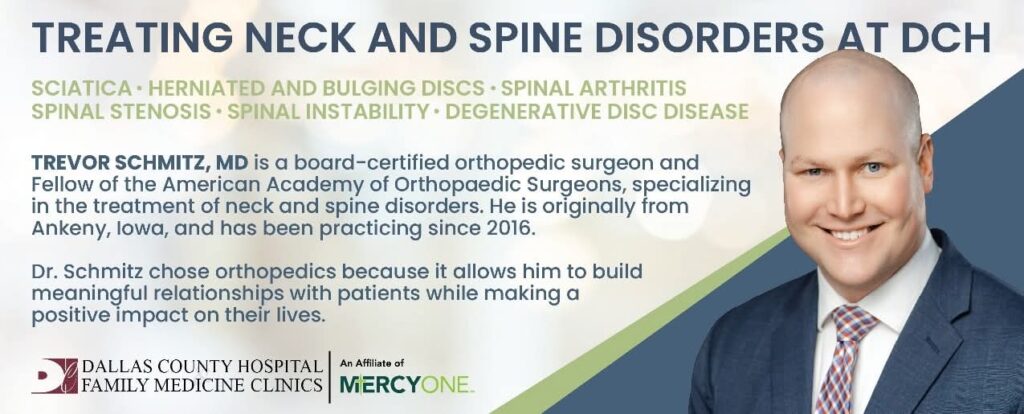

The Woodward City Council received a briefing on the state of the city’s trees at its January meeting, including a report on local progress of the emerald ash borer.
Richard Kittelson of Clermont, Iowa, owner of Kittelson Consulting Arborist LLC, presented the council with results of an inventory he compiled of all the trees in the right of ways along Woodward’s streets and in the parks.
The tree inventory found 521 trees on public property in Woodward, and Kittelson, a state-certified pesticide applicator and worked 11 years for the Northeast Iowa Resource Conservation and Development, recommended 43 for removal, including 31 ash trees.
Kittelson said he found 45 different species of trees on city property, with maples making by far the largest number at 263 or 45 percent. Ash trees make up 10 percent and crab apple trees 5 percent, he said.
“The one thing that I always like to stress or point out,” Kittelson said, “is the benefits of the trees, because they’re not just standing there looking pretty. They’re actually doing a lot of good for the community. In Woodward’s case, they’re doing $97,337 worth of benefits.”
Each tree averages about $187 in benefit, he said. Kittelson broke down the benefit total into the following categories:
- $37,824 in stormwater interception
- $25,781 in social or aesthetic benefits
- $25,725 in reduced energy costs
- $4,617 in air quality benefits
- $3,391 in carbon benefits
Kittelson also provided the council with an action plan for the city’s trees and discussed options around the emerald ash borer (EAB), an invasive pest working its way through Iowa’s tree population.

He said 48 of the city’s 51 ash trees “had one or more signs or symptoms of possible EAB infestation.” At an average removal cost of $700 per tree, the city faces a bill of $35,700 to remove all 51 ashes.
Kittelson also discussed EAB treatment options of $4,000 to $6,000 per tree per year, including stem injection bark spraying and pour-on applications.
“The $4,000 to $6,000 estimate,” he said, “is the approximate cost to treat 20 healthy ash tress that average 20 inches diameter every two years with the stem injection method, not every year. All other treatment options have to be done annually, and the costs vary.”
Kittelson recommended the city — or anyone considering treating their ash trees — should get two or three treatment bids and check all contractors’ credentials.
A partnership between the U.S. Department of Agriculture Forestry Bureau and the Iowa Department of Natural Resources established an interactive GIS website for communities to number and manage its trees.
Other online resources recommended by Kittelson included the i-Tree suite, Iowa Tree Pests and the EAB University. He presented the city council with a CD containing the results of the inventory and the recommended action plan.
The council thanked Kittelson for his efforts and agreed to take no immediate action but to deliberate further on the challenge of the EAB and the state of the town’s trees.


















